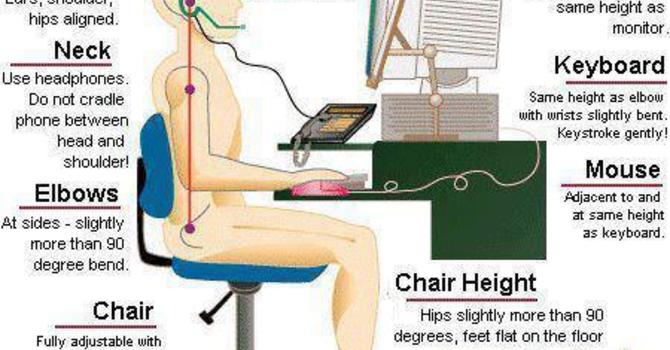
I firmly believe there is an increase in incidence of tongue ties (ankyloglossia) over the last decade. Many people ask me if it’s actually an increase in awareness, rather than an increase in incidence and my answer is always yes and no. We are getting better at looking and at recognizing ties and therefore there would have been some undiagnosed ties back in the day, however there are so many more newborns that I have seen that have several ties, some of them severe enough that they struggle to gain weight. I don’t think that happened as much a couple of decades ago, although breast feeding was not quite as popular in the 80’s as it is now and breastfeeding makes ties much more apparent. Unlike bottles, nipples on mamas hurt when pinched. The moral of the story is, we just do not have enough research to determine exactly why and if it is becoming more prevalent, although I have already stated that I believe it is increasing. So, I would like to talk about ties, some theories present about their origin, how to find them and what treatments are available.
So what exactly are ties? There can be an extra flap of tissue where it’s not necessarily supposed to be. If you can picture webbing between toes only under the tongue. When the tongue tries to stretch up, it is tethered to the floor of the mouth and cannot reach. The tongue can be held down in several places so it is not always easy to see. It can happen in the lip as well, so the lip is unable to move or stretch. In a new baby, some of the symptoms are easy to spot like their tongue cannot stick out past their teeth or it looks heart shaped because the piece of tissue underneath is so tight the front of the tongue is not rounded, but instead has two bumps like a heart. If the mother is breastfeeding, that’s often the best way to tell. The baby cannot round their tongue or lip around her nipple and instead sort of clamps down. It pinches mom’s nipple and breast feeding becomes painful. Milk often (not always) starts to reduce in supply because the baby isn’t properly stimulating production and therefore the baby can struggle to gain weight. Mom is miserable and baby is miserable and that is when the ties are diagnosed. Tongue and lip ties often can be missed as a baby, especially those that are bottle fed. If a child has a tie it can affect their ability to speak. The ties will often be seen in speech therapy and if the child is not diagnosed then, it can be diagnosed with sleep difficulties in adults.
The “why are they created” question is much harder to answer. We know that ties are created for the baby before 16 weeks gestation because the baby has a narrow palate (roof of the mouth to throat region) and the palate shape is formed when the baby starts swallowing (between 16-20 weeks gestation). Because the tongue cannot reach the roof of the mouth, the palate is smaller. So what happens early in the baby’s development to tie down that tongue? One theory is plain genetics. The genes are passed down and sometimes get worse through generations. Another theory is the absorption of the vitamin folate. Because we fortify all of our foods with synthetic folate and many of our prenatal vitamins have a lab created folate, mommas do not have adequate levels of “good” folate in their blood and it creates some small defects in the baby like ties. There is ongoing research into this condition and nothing is conclusive yet however the fact remains that babies born with significant ties will need some form of treatment.
If the ties are severe enough to have surgical intervention, revisions of tongue ties are done by a specialist. ENT or dentist or someone who specializes in diagnosis and treatment of this condition. There are exercises to be done after the revision and sometimes it helps to have immediate therapy including chiropractic and/or craniosacral therapy and/or speech therapy. The baby now has new movement of their tongue and lip and will need help with how to properly use it. Also, because the tie feeds into the fascia of the mouth and jaw, it is helpful to have the baby’s jaw and neck assessed for balance and alignment.
I do have a lot of experience with ties, personally within my family, and after 16 years in practice I want to spread awareness as much as possible. New parents should know how to look for them early so they can save themselves months of struggling. I hope this baseline information helps you or someone you love to recognize ankyloglossia and get help for their family.
Amitai Y, Shental H, Atkins-Manelis L, Koren G, Zamir CS. Pre-conceptional folic acid supplementation: A possible cause for the increasing rates of ankyloglossia. Med Hypotheses. 2020 Jan;134:109508. doi: 10.1016/j.mehy.2019.109508. Epub 2019 Nov 18. PMID: 31835174. Ghaheri BA, Cole M, Fausel SC, Chuop M, Mace JC. Breastfeeding improvement following tongue-tie and lip-tie release: A prospective cohort study. Laryngoscope. 2017 May;127(5):1217-1223. doi: 10.1002/lary.26306. Epub 2016 Sep 19. PMID: 27641715; PMCID: PMC5516187. O'Shea JE, Foster JP, O'Donnell CP, Breathnach D, Jacobs SE, Todd DA, Davis PG. Frenotomy for tongue-tie in newborn infants. Cochrane Database Syst Rev. 2017 Mar 11;3(3):CD011065. doi: 10.1002/14651858.CD011065.pub2. PMID: 28284020; PMCID: PMC6464654.
Dr. Stephanie Pittenger
Contact Me


